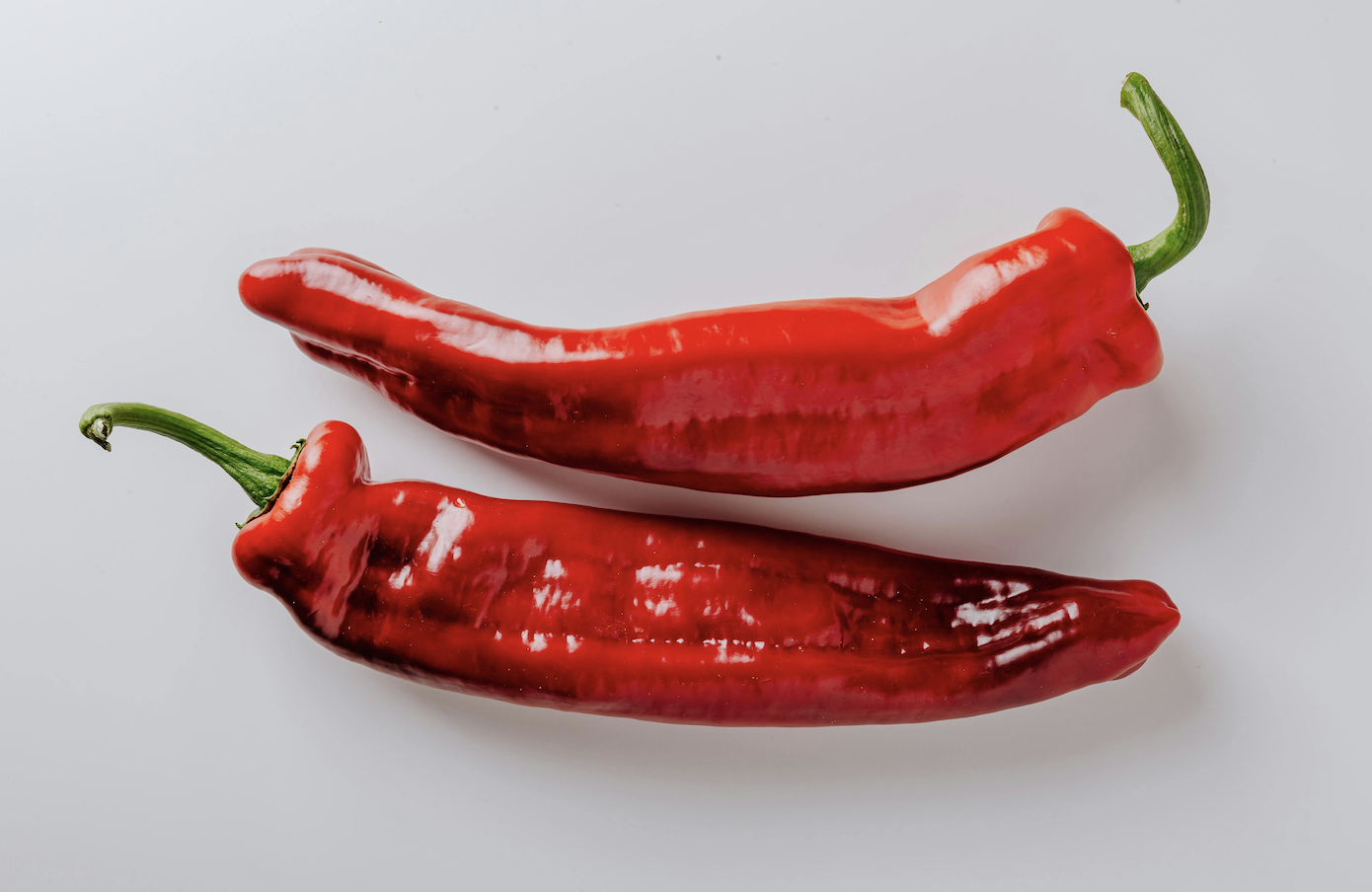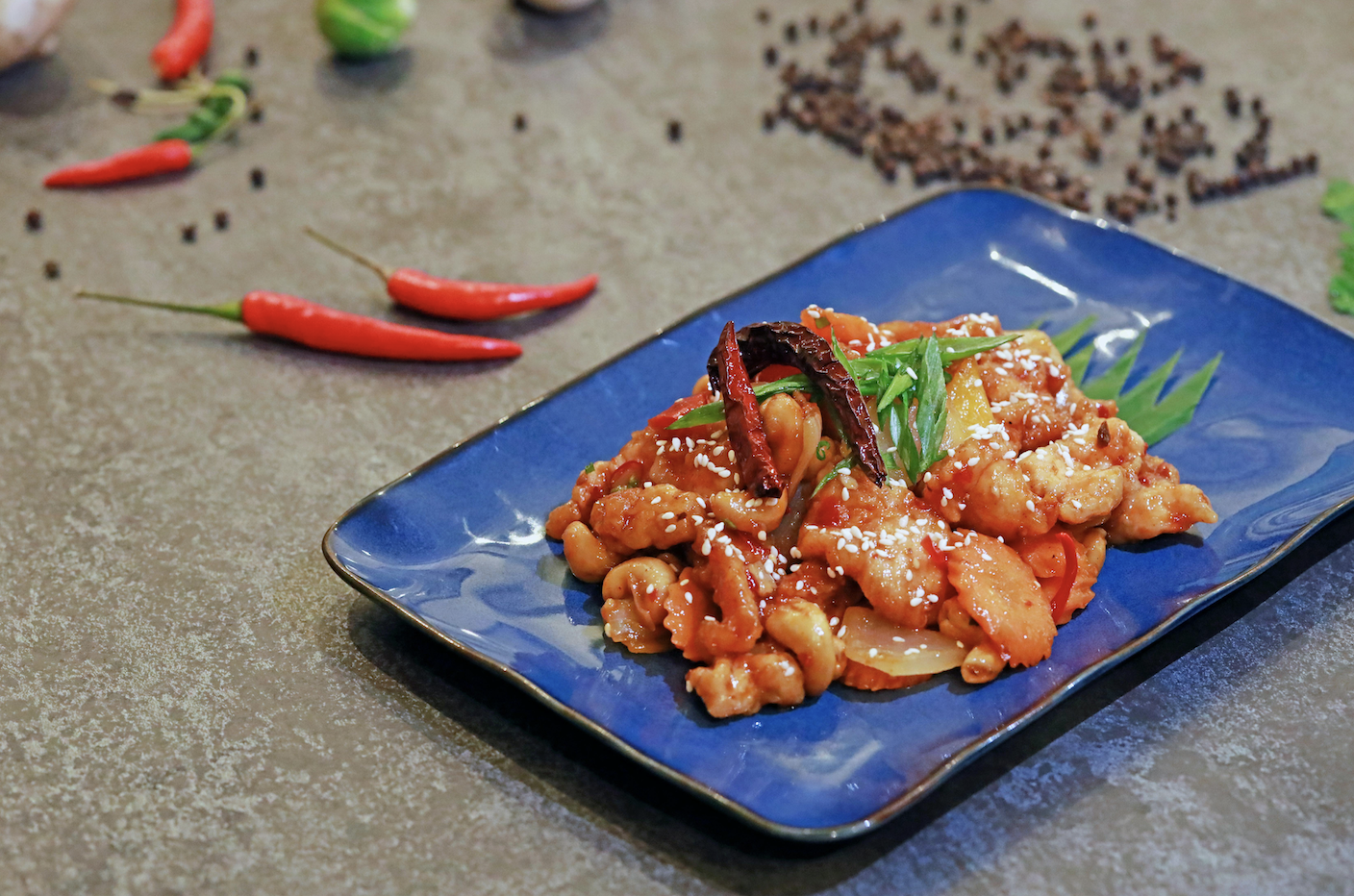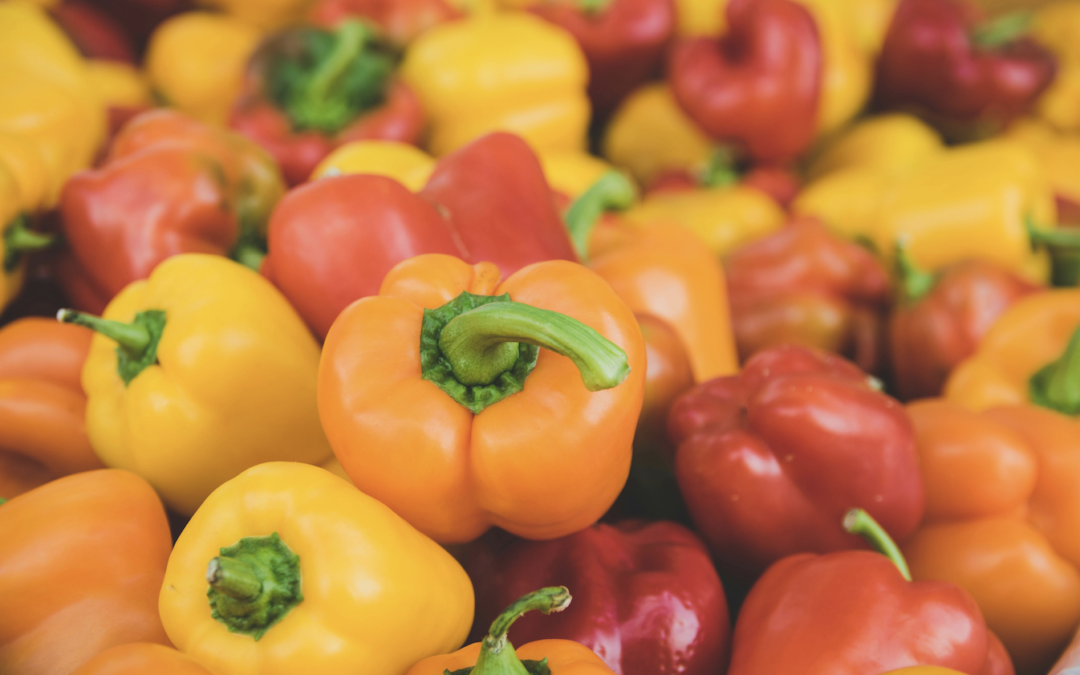
These days, the fascination with spicy foods has become somewhat of a cultural phenomenon – from viral videos of individuals conquering the hottest peppers on the Scoville scale to the proliferation of restaurants boasting inferno-level dishes.
We’ve seen several news stories of these adventurous daredevils suffering from medical emergencies, which begs the question: is indulging in spicy foods a harmless thrill, or does it pose potential risks to our health? Are spicy foods harmful or healthy?
To answer these questions, let’s dive deep into the heart of this hot topic: what are chili peppers, and what makes them spicy?
The science of heat
Vibrant and pungent, chili peppers are those cute and friendly-looking berry fruit plants that originated from Peru and Bolivia, and have been part of the human diet since 7,500 BC. Also spelled as chile or chilli, ranging in color from green to red, chili peppers are used worldwide for their characteristic taste and heat. These spicy pods are used worldwide to add depth and intensity to a wide array of dishes, and can be enjoyed fresh, dried, or ground into spicy powders.
Why are chilis so spicy? Where does it get its heat?

Chilis contain a chemical calls capcaisin, the culprit to its spicy taste. Capcaisin is found in several fruits of the Capsicum family, including jalapeno peppers, and cayenne peppers.
When we bite into hot peppers, the capsaicin attaches itself to a class of pain receptors called TRPV1 found in the mouth, on the surface of the tongue, and throughout the digestive tract. Apparently, this is TRPV1 protecting or warning us, sending neural signals to our brain telling us to stop eating this food pronto. What’s interesting is that TRPV1 does this not only for spicy food, but also piping-hot food or boiling water, as well as acidic and some bitter substances. Neat, huh?
Back to the spicy food: capsaicin is not really “hot” per se, it doesn’t actually burn our tongue, but it feels like it.
Per this article on Britannica, “The higher the amount of capsaicin in a pepper, the more there is to bind to your TRPV1 receptors, and the more intense your reaction is to that pepper.” Hence, when we eat something spicy, depending on our tolerance, our noses start running, tears stream from our eyes, beads of sweat form, and we want to drink something cold.
The Scoville scale
During the early days, we can imagine cavemen suffering in shock and in pain when they bite into chili peppers for the first time. Thankfully, these days, we know what they look like and chiliheads have found a way of to assess the spice levels and how they’ll measure up to different kinds of chilis. It’s all thanks to the Scoville scale.
Named after its creator, Wilbur Scoville, this scale assigns numerical value to each pepper variety based on the amount of capsaicin present, with higher numbers indicating greater heat. For example, a mild pepper ranks low on the scale, while a scorching hot Carolina Reaper ranks at the top.
Which now brings us to the heat of the debate: are chilis good or bad for you? Let’s start with the good news.
Here are the known health benefits of spicy food.

The good news
Spicy food can actually cool you down.
Sure, it sounds counter-intuitive, but science is behind this one. So how does spicy food cool you down? When you eat spicy food, it triggers your body to sweat–which, in turn, releases some of the heat and cools down your body.
Spicy food can improve heart health.
Adding an extra dose of heat may lead to temporary reductions in blood pressure. It can also lead to higher HDL (good cholesterol) and lower LDL (bad cholesterol), according to a 2022 study, showing a link between spicy food and a reduction in heart diseases and stroke.
Spicy food can improve circulation.
Some studies suggest that the chemical capsaicin stimulates the release of nitric oxide, a compound that helps blood vessels relax and improve blood flow.
Spicy food can help speed up metabolism.
Spicy foods can temporarily boost metabolism, potentially aiding in weight management. This gets to hit two birds with one stone, as obesity is one of the major risk factors for various cardiovascular diseases.
(Eating Spicy Food Can Naturally Boost Metabolism: READ THIS– This is how you can reset your metabolism the natural way.)

The bad news
For all their health benefits, eating too much of it can cause discomfort, such as swelling, nausea, vomiting, eye pain (when some of the chili juice gets into your eyes), and diarrhea. Worse, it can cause acidity, ulcers and other gastro-intestinal issues.
As your body regards capsaicin as a dangerous and “keep clear of” substance, the ingestion of chilis—whether by eating in large quantities or a small amount of an extremely spicy one—may cause extreme abdominal belly pain, chest pain, and head aches.
Those chili challenges on Tiktok? One has to be careful. Others who have dared ended up in the hospital, with damaged esophagus. Spicy foods can also also aggravate irritable bowel syndrome and inflammatory bowel disease.
Some people are also especially sensitive to chili peppers. They must avoid them to avoid extreme symptoms, such as an asthma attack. Kids, whose digestive systems are not in full development yet, should also steer clear from spicy foods.
The bottomline? Spicy foods are considered safe when consumed in moderation. Should you overdo it, and felt the pain as soon as you feel the hot kick, experts advise against guzzling a glass of water to “quench the fire.” Instead, drink sweet liquids like juice or as an option, stir some sugar into your water before drinking. Sugar helps absorb capsaicin, toning down the heat.
–
Are spicy foods harmful or healthy? In this hot debate, moderation is key. Ultimately, you have to listen to your body. Eat foods that align with your body’s needs and preferences, not because you were dared to (or to take on a Tiktok challenge) Whether you’re a spice aficionado or prefer milder flavors, honor your body’s signals so that you can enjoy your meals without unwanted discomfort. Happy eating!
Tags
References:
Surprising Side Effects of Eating Too Much Spicy Food https://www.healthdigest.com/388374/surprising-side-effects-of-eating-too-much-spicy-food/
Spicy Food: What Happens to Your Body https://www.delish.com/food-news/a44649929/spicy-food-what-happens-to-your-body/
Your Body on Spicy Food: The Good and The Bad https://www.everydayhealth.com/diet-nutrition/your-body-on-spicy-food-the-good-and-bad-ways-it-affects-your-health/
Can eating too much spicy food can kill you? https://www.nbcnews.com/healthmain/can-eating-too-much-spicy-food-kill-you-1c6437161
Peppers https://www.britannica.com/video/188821/peppers
What’s So Hot About Chili Peppers
https://www.smithsonianmag.com/science-nature/whats-so-hot-about-chili-peppers-116907465/



0 Comments